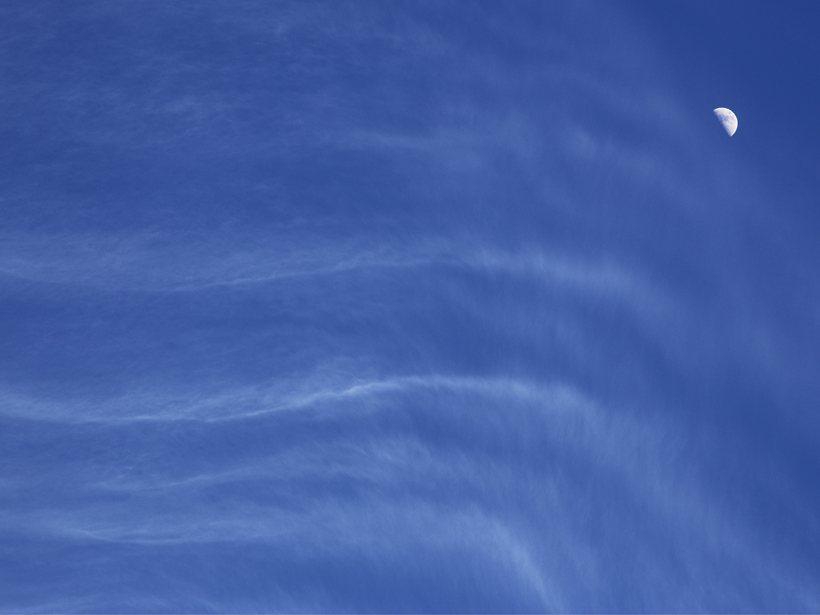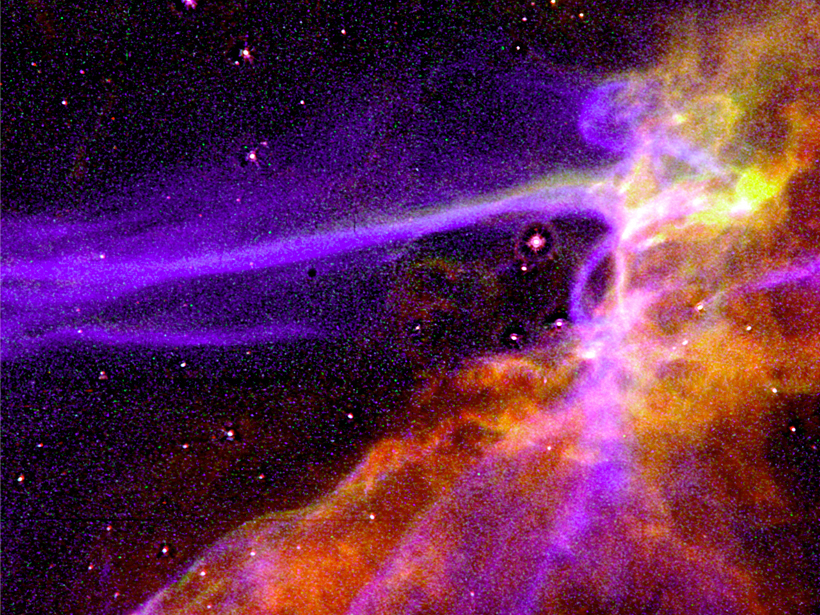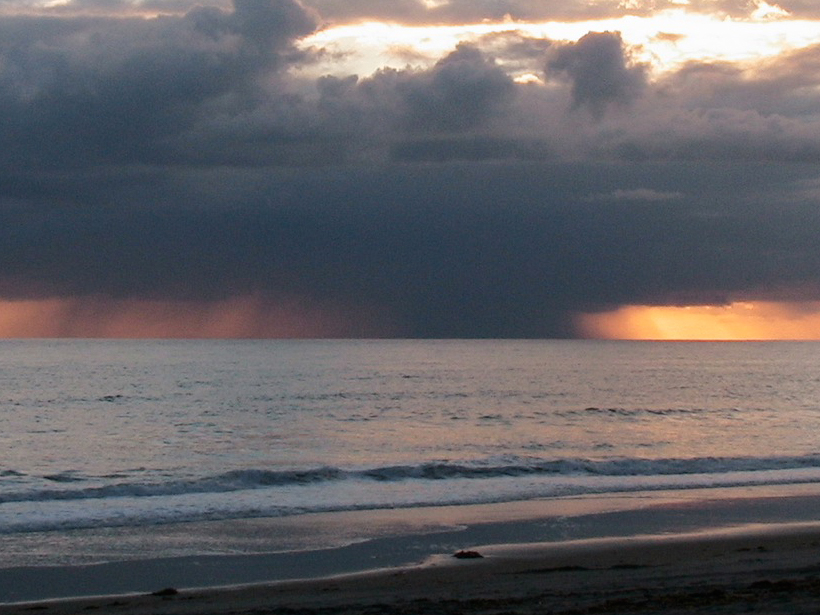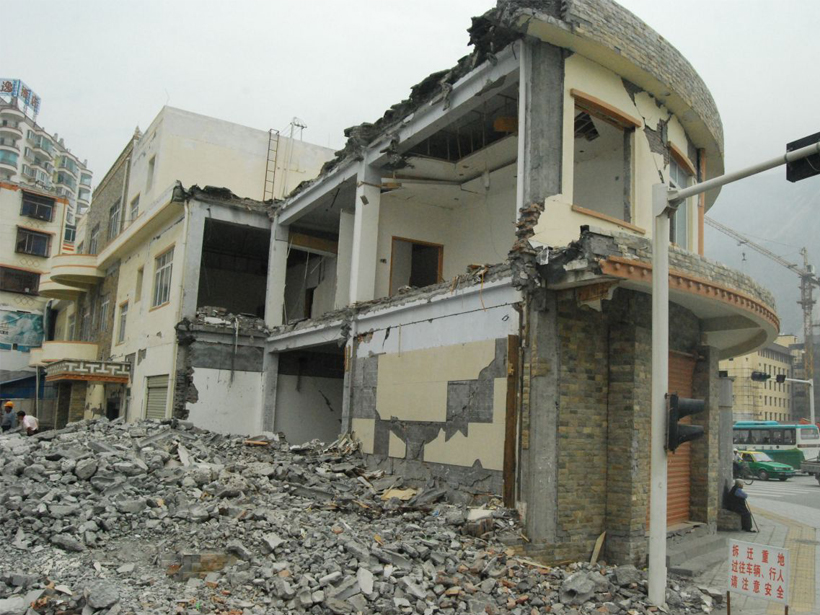A new method makes a direct estimate of the impact of atmospheric waves on water vapor concentrations in the stratosphere.
Geophysical Research Letters
Near-Surface Aquifer Discovered on Svalbard Glacier
Arctic glacier aquifer may respond more rapidly to climate change than larger aquifers found on the Greenland ice sheet.
Magnetized Collisionless Shock Waves Measured in the Lab
Scientists create collisionless shock waves to better understand the phenomenon in nature.
New Insights into the Composition of Inner Earth
Isotopic signatures in volcanic basalts show that Earth's interior is even less uniform than scientists previously thought.
A Magmatic Seafloor Source at an Ultraslow-Spreading Ridge
An ultraslow-spreading stretch of the Southwest Indian Ridge is thicker than expected: both tectonic and volcanic processes may be feeding the growing seafloor there.
Spacecraft Records Rising-Tone Magnetosonic Waves
A rising tone in wave frequencies suggests a complicated, nonlinear series of interactions between electromagnetic sound waves and protons near the magnetic equator.
Cool Downdrafts in Large Thunderstorms Captured by Satellite
Orbiting scatterometers can reveal patterns of cool air in mesoscale convective systems.
Largest Grains Dominate River Bedrock Erosion Rates
The effect of particle size on bedrock erosion rates adds complexity to modeling bedrock channel evolution.
Global Warming Intensifies Drought Conditions in California
The rise in global temperatures has amplified naturally occurring drought conditions in California and has increased the chance of severe droughts in the future.
New Models Explain Unexpected Magnitude of China's Wenchuan Quake
The 2008 earthquake surprised scientists, but the inclusion of new variables reveals that Earth's crust under the Sichuan Province was under more strain than previously thought.










